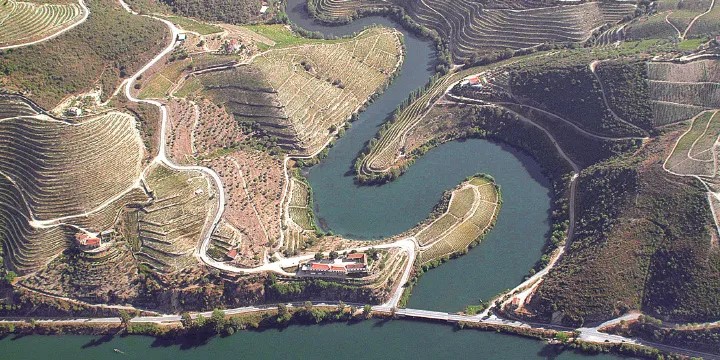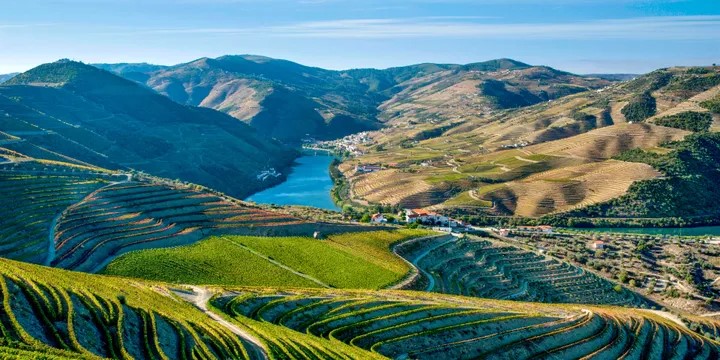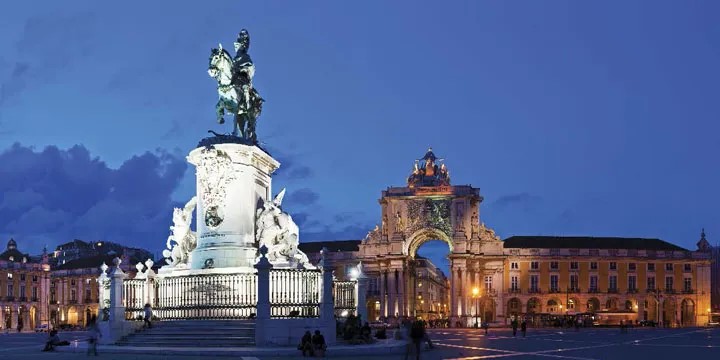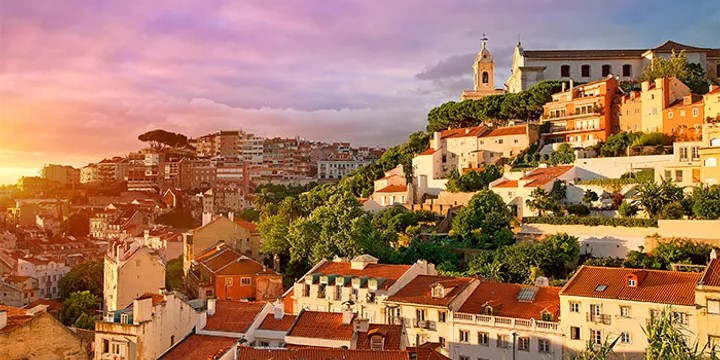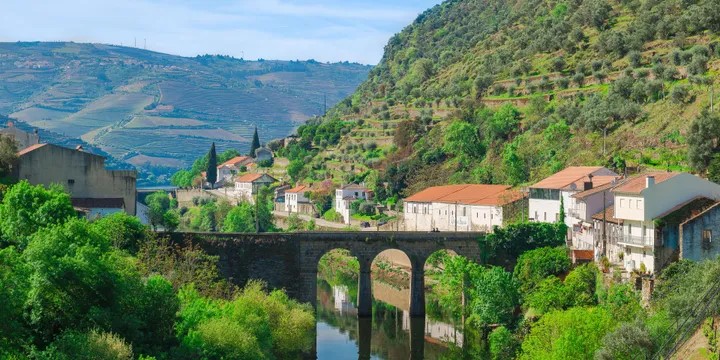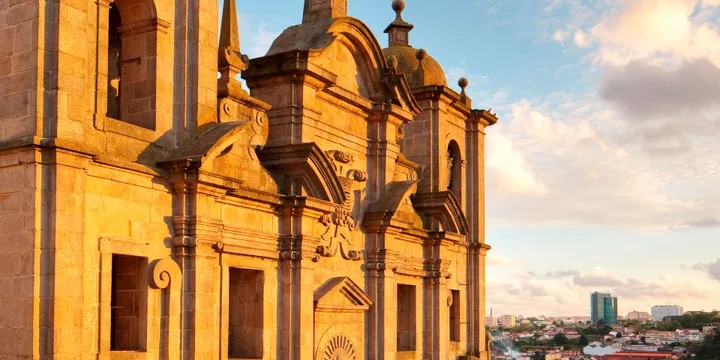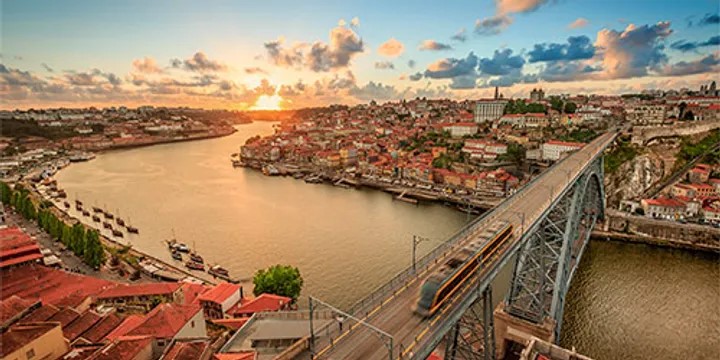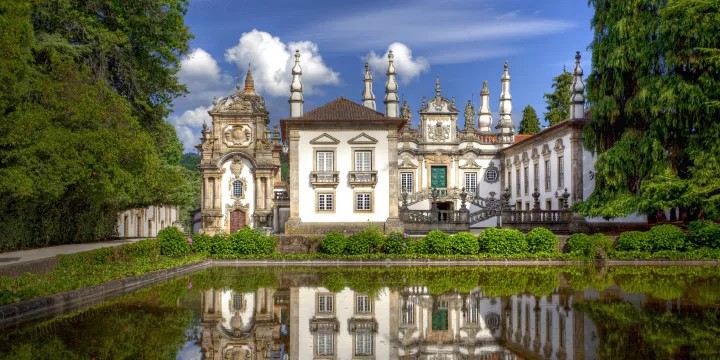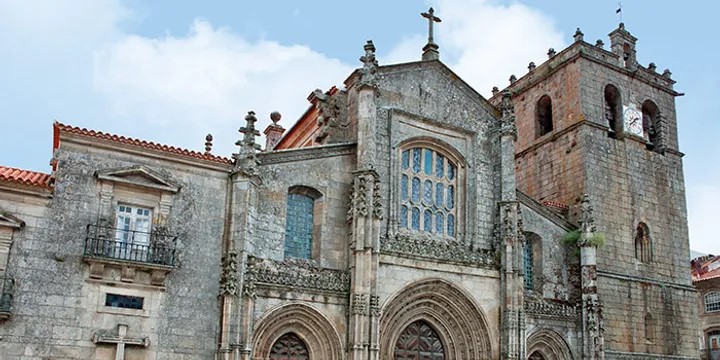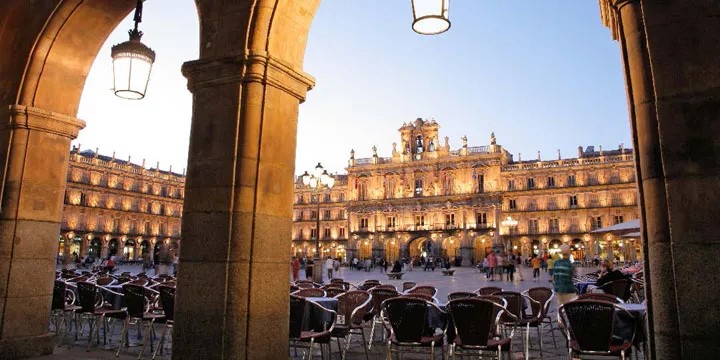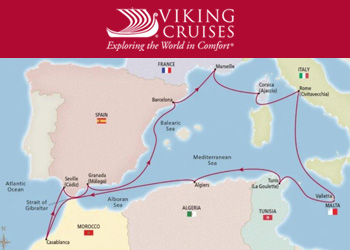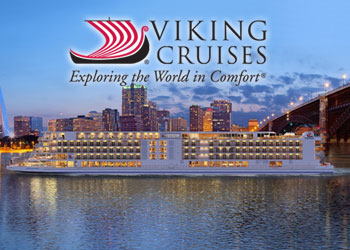Viking: Portugal’s River of Gold

Cruise on Portugal’s River of Gold 10 days Lisbon to Porto September 28th – October 7th 2026
Cruise aboard the Viking Hemming and enjoy the Douro River’s beauty and history. Experience the renaissance of Lisbon, newly invigorated with trending galleries and restaurants. Explore two of Iberia’s oldest university towns: Coimbra, Portugal and Salamanca, Spain. Roam the port warehouses of Porto. Enjoy traditional cuisine, wine and fado singing. Cruise the Douro River Valley, the world’s oldest demarcated wine region and a UNESCO Site. Our 10-day cruisetour includes a hotel stay in Lisbon and the added bonus of a visit to Spain.
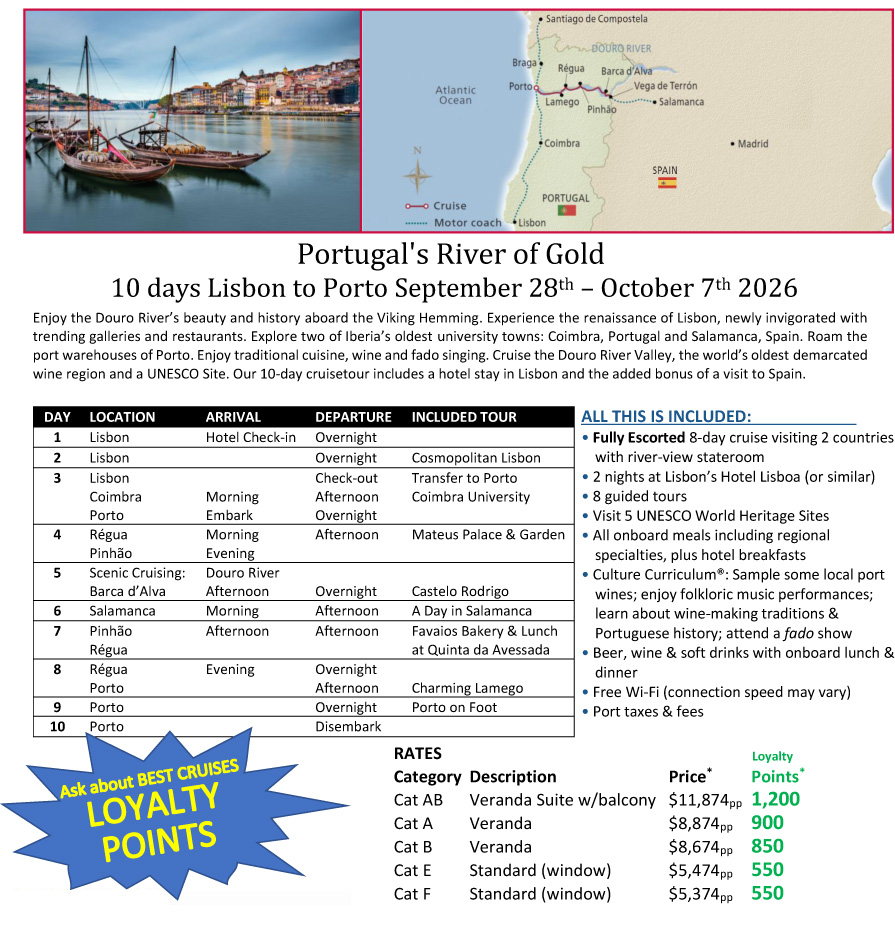
View the Viking Portugal’s River of Gold Webinar Here
Day 1: Lisbon, Portugal
Arrive and check in to your hotel. Lisbon has inspired explorers for centuries with its stunning setting at the Tagus River’s mouth. Its labyrinthine streets carry echoes of 16th-century navigators who sailed on the winds of the Age of Discovery. The city prospered greatly from its trade. And today’s streets are lined with the legacies of wealthy builders, including the Jerónimos Monastery and Belém Tower, stunning works that introduced Manueline architecture. Savoring local cuisine and port wine are favorite pastimes here. On any evening, the strains of fado spill from clubs in the historic Alfama District
Day 2: Lisbon, Portugal
Throughout Lisbon, fascinating monuments tell this proud city’s story. Along the riverfront, in Praça do Comércio, an equestrian statue at its center represents Portugal’s King José I, who capably rebuilt the city following the devastating 1755 earthquake. Among the most recognized of Lisbon’s monuments is the grand Monument to the Discoveries on the banks of the Tagus River, displaying statues of more than 30 contributors to exploration, whose bravery and spirit still shape the culture of this vibrant European capital.
Day 3: Porto, Portugal
After breakfast, check out of your hotel and begin your journey to your embarkation city. Porto holds a place of great traditional importance. The town lends its name to the port wine produced in the region and throughout the nation. Located along a rocky embankment, the city boasts picturesque neighborhoods, fashionable restaurants and lively markets. Like Lisbon, Porto has a rich past; its historic center is a UNESCO World Heritage Site of narrow cobblestone streets brimming with romantic buildings spanning the centuries and a Romanesque cathedral. At the riverside, small barcos rabelos, boats once used to transport casks of wine, paint a charming scene.
Day 4: Régua, Portugal
The peaceful town of Peso da Régua, commonly known as Régua, overlooks the Douro River with the Serra do Marão mountains as a stunning backdrop. In 1756, the Marquês de Pombal proclaimed this city as the center of his newly demarcated wine region, and it has remained so since. As such, the town is steeped in the wine-making culture. This is particularly true at Casa do Douro, the headquarters of the Port Wine Institute. Its beautiful stained glass windows are a tribute in light and glass to the rich history of port wine and its cultural significance to the region.
Pinhão, Portugal
The sleepy town of Pinhão is situated between the Douro and Pinhão Rivers, in the epicenter of the valley’s port wine-making region. The climate and growing conditions here are perfect for port grapes and the surrounding landscape, festooned with vineyards, creates a serene experience. The biggest names in port have quintas, or wine estates, nearby. During the annual grape harvest in autumn, the village comes to life, attracting workers and wine enthusiasts from across the whole of Europe.
Day 5: Scenic Sailing: Douro River
Journey through the Douro River valley into the history of fine Portuguese wine. Surrounded by terraced hills, spot some of the area’s quintas, or wine estates, clinging to the slopes, nestled snugly among their vines. In this beautiful and largely unspoiled region, olive and almond groves share the river’s banks with vineyards. And it is hard to ignore the fact that this journey follows in the wake of traditional barcos rabelos that once transported wine downriver to the waiting casks in Vila Nova de Gaia.
Barca d’Alva, Portugal
Barca d’Alva is the last Portuguese town on the Douro River; this quaint river port is just a few hundred yards from the Spanish border. Cherry, almond and olive groves line the nearby banks, pointing the way to this unassuming frontier village. Its quayside sparkles in the Iberian sun, and it is the ideal port from which to truly appreciate the beauty of the Douro Valley. In either direction, terraced vineyards climb riverbanks and steep hills spill into river gorges. Simple cafés provide an authentic ambience and a bridge across the river leads to a picturesque photo opportunity of the village.
Day 6: Salamanca, Spain
Founded by a Celtic tribe before the rise of the Roman Empire, Salamanca was named a UNESCO World Heritage Site in 1988 due to its beautifully preserved buildings. It is home to one of Europe’s oldest universities, founded in 1134, and its main square, bustling with students, is often called the most beautiful in Spain. The beauty of this richly historic city, besides the enormous Romanesque cathedral whose profile dominates the town, is the grace with which Salamanca retains a traditional Spanish village feel. It is a living museum that takes visitors back to the Middle Ages.
Day 7: Pinhão, Portugal
Pinhão is surrounded by picture-postcard terraced hillsides that are synonymous with the Douro River Valley. Its slow pace and quiet atmosphere belie the fact that it produces world-renowned port wines; some of the most recognizable names in port production operate wine estates near here. One of the “station towns” along the Douro River, Pinhão boasts a relaxing and scenic promenade along the river, perfect for strolling and drinking in the beauty of vineyard-clad hills. The village’s railway station is decorated with 24 spectacular scenes depicted in azulejos, Portugal’s distinctive blue-and-white tiles.
Régua, Portugal
With its historic place as the western boundary of the demarcated wine region of Portugal, Régua boasts a rich wine-making heritage. Riverside manor houses are occupied by winegrowers; some have draped their terraces with giant lettering so they can be easily identified from the water by passing ships. The country’s famous port was created when 16th-century British merchants added brandy to the local wine to prevent it from souring. Over the centuries, the process of maturing and blending has been perfected, resulting in appealing tawnies, rubies and other varieties.
Day 8: Régua, Portugal
In Portuguese cuisine, pork plays a central role, appearing in paio, a pork loin sausage, and chouriço, a spicy sausage often flavored with paprika or wine. These cured meats are nicely complemented by the smooth and creamy cheeses of the region. Among main dishes, the addictive pastéis de bacalhau (small cod cakes) are enjoyed hot or cold. And Portugal’s famed soup, caldo verde, gets its deep green color from a variant of kale. At meal’s end or just as a treat, the city’s pastelarias are well worth a visit for anyone with a sweet tooth.
Porto, Portugal
The magnificent 19th-century Luís I Bridge, designed by a disciple of Gustave Eiffel and opened in 1886, spans the Douro River to link Porto to Vila Nova de Gaia. Known locally as “Gaia,” the city is central to Porto’s role as a major producer of port. Here, amid ceramic, glass and soap factories, cellars of 58 companies fortify the prized wine. Visiting Gaia offers insight into how Douro River valley wines are transformed into some of the most sought-after ports in the world, and provides panoramic views of Porto, as many of the cellars are located on the banks of the river.
Day 9: Porto, Portugal
Porto’s prosperous future was sealed when the distinctive, single-masted barcos rabelos delivered the first wine shipments here from vineyards up the Douro River. Before the advent of the railroad, these wooden cargo boats provided the fastest and most efficient transport of wines between the Douro River valley’s wineries and the city, from which bottles were exported all over the world. Today, the vessels are owned by port wine companies along the Douro. Though no longer in use, they still grace the river’s edge nonetheless, enriching the city’s character and cultural identity.
Day 10: Porto, Portugal
Porto’s culinary scene reflects its long history, dating back to Roman times. As a port and cultural crossroads, Porto has incorporated elements from different cultures, such as the spices and exotic ingredients brought by the Portuguese explorers during the Age of Discovery. Today, local cuisine is influenced by the products and traditions of the Douro Valley, as well as the city’s maritime heritage. Porto is known for its hearty dishes, such as the francesinha, a meat-and-cheese sandwich smothered in sauce, and the tripas à moda do Porto, a stew made with tripe and beans. After breakfast, disembark your ship and journey home.
*All prices are per person based on double occupancy. All l loyalty awards are per stateroom. Loyalty awards to be paid by check 3 – 4 weeks after disembarkation. This offer is capacity controlled and may be withdrawn at any time.
